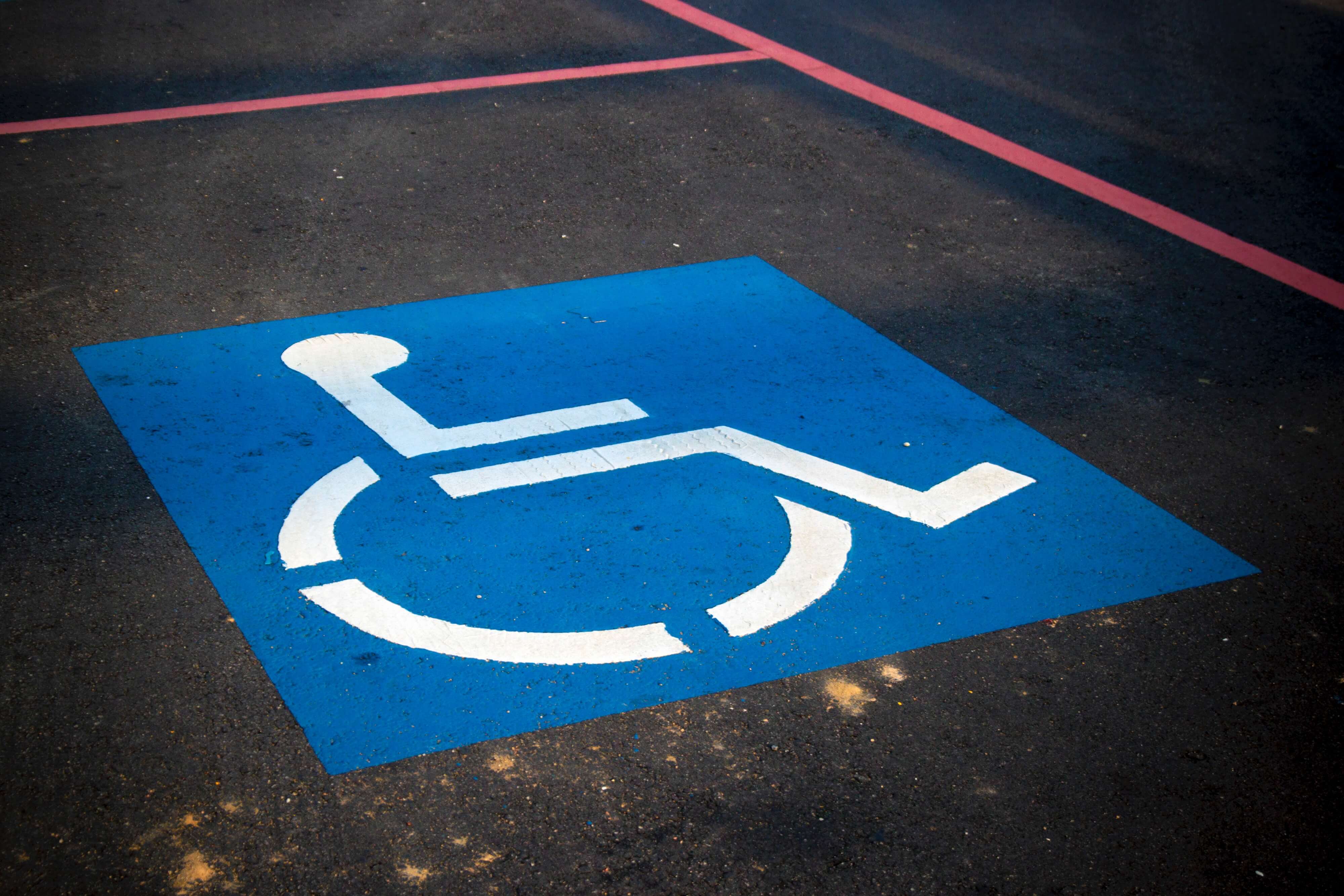In New York City, hundreds and thousands of residents have difficulty walking. An analysis made by The New York Times states that two-thirds of them live far from an accessible subway station. Rightfully so, the Metropolitan Transportation Authority is planning to install new elevators in the coming years and the subway leader has hired Alex Elegudin, a long-time disability rights advocate and New Mobility’s 2017 Person of the Year, as the authority’s first accessibility chief.

Accessibility is of great importance in the web arena too. And, along with usability, it is quintessential for creating a web that works for everyone. Their objectives, approaches and guidelines overlap significantly. Therefore, it is an efficacious move to address them together when designing and developing websites and web applications.
The union
First of all, what is the difference between accessibility and usability? When a site is said to be accessible, it refers to the availability of the site’s content. The site’s functionality can be operated by anyone. Web accessibility refers to the experience of users who are outside the purview of your typical user. They might access or interact with things in a different manner than what you may expect. Web accessibility mainly concerns differently-abled persons and the experience might be non-physical or temporary. In contrast, usability involves the measurement of a product that has been used for a particular scenario by a particular user. Usability can help in attaining the desired objective in a satisfied and efficacious degree. It is not related to interface design but is also involved in the technicalities of the entire system. It is reflected by human factors and its evaluation is performed via several tasks. It helps in ensuring how efficiently a user can interact with the product and how easily the product can be operated.
Web accessibility refers to the experience of users who are outside the purview of your typical user.
The prime focus of accessibility is the people with disabilities and enhance usability for everyone. Accessibility addresses situations in which provision for sufficient contrast is advantageous for people using the website on a handheld device in bright sunlight or dimly lit room, or captions are beneficial for people in both noisy and quiet ambience. Accessibility consists of requirements that are technical and are related to the underlying code instead of visual appearance. They also include requirements that are related to user interaction and visual design as insufficient design leads to major hurdles for differently abled persons.
Usability involves the measurement of a product that has been used for a particular scenario by a particular user
The integration of accessibility standards and usability procedures with real people helps in making sure that web design is usable by differently abled persons both technically and functionally. By leveraging usability processes, designers and developers can address the UI component of accessibility.
Best Practice
Even though different usability books offer the ideal number of users to test, they seldom address the significance of diversity in test subjects. Most often than not, while choosing test pools, software testers emphasise on the average user. This is done at the expense of smaller user groups i.e differently abled persons. Leaving differently abled persons out of usability testing leads to a gap in testing methodology.
It is possible to have a website with top-of-the-line satisfaction and strong usability for a non-differently-abled group of people without testing with disabled persons. Even though this non-differently-abled group of people is your average site user, your site can become entirely unusable and inaccessible to the disabled persons. Therefore, the next time when you do the site evaluation, it is better to keep all the users in mind to make sure that it offers an equally successful experience for everyone.
Conclusion
Enhancing the web for everyone is a significant measure needed to be taken by all the digital firms. Making sure that accessibility and usability are taken into consideration will help in making the web a better place for everyone.
Subscribe
Related Blogs
Trek n Tech Annual Retreat 2025: A 7-Day Workcation of OSL

OSL family came together for the Trek n Tech Annual Retreat 2025, a 7-day workcation set amidst the serene beauty of…
Exploring Drupal's Single Directory Components: A Game-Changer for Developers

Web development thrives on efficiency and organisation, and Drupal, our favourite CMS, is here to amp that up with its…
7 Quick Steps to Create API Documentation Using Postman

If you work with API , you are likely already familiar with Postman, the beloved REST Client trusted by countless…




